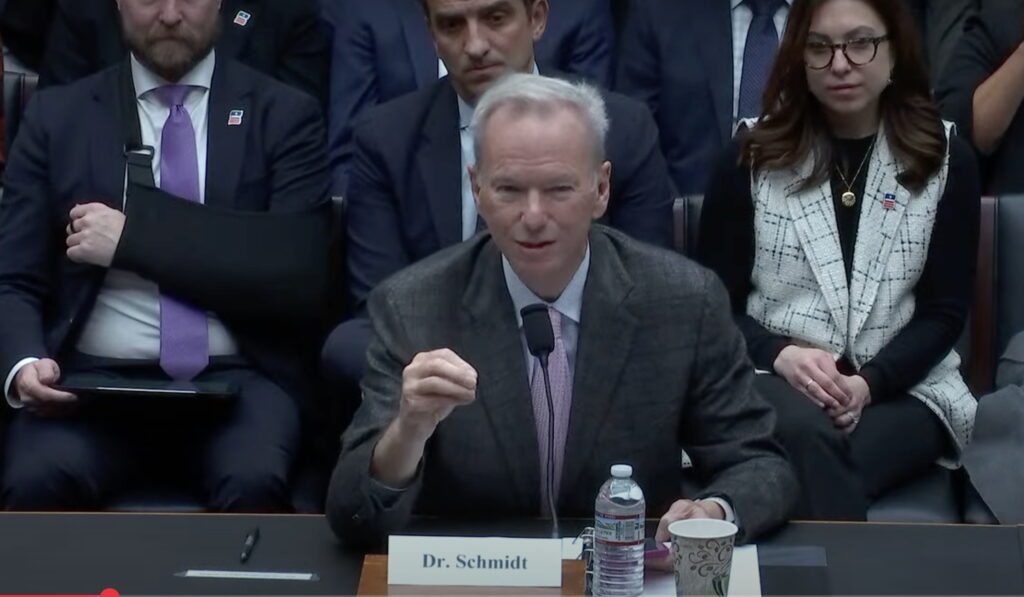Food and Water Watch recently demonstrated that the dominant narrative, “100 years” of unconventional oil and gas in the United States, is false. At most, some 50 years of this dirty energy resource may exist beneath our feet.
Bill Powers, editor of Powers Energy Investor, has a new book set for publication in May 2013 titled, “Cold, Hungry and in the Dark: Exploding the Natural Gas Supply Myth.”
Powers’ book will reveal that production rates in all of the shale basins are far lower than the oil and gas industry is claiming and are actually in alarmingly steep decline. In short, the “shale gas bubble” is about to burst.
In a recent interview, Powers said the “bubble” will end up looking a lot like the housing bubble that burst in 2008-2009, and that U.S. shale gas will last no longer than ten years. He told The Energy Report:
My thesis is that the importance of shale gas has been grossly overstated; the U.S. has nowhere close to a 100-year supply. This myth has been perpetuated by self-interested industry, media and politicians…In the book, I take a very hard look at the facts. And I conclude that the U.S. has between a five- to seven-year supply of shale gas, and not 100 years.
The hotly-anticipated book may explain why shale gas industry giants like Chesapeake Energy have behaved more like real estate companies, making more money flipping over land leases than they do producing actual gas.
Powers told The Energy Report:
Put simply: There is production decline in the Haynesville and Barnett shales. Output is declining in the Woodford Shale in Oklahoma. Some of the older shale plays, such as the Fayetteville Shale, are starting to roll over. As these shale plays reverse direction and the Marcellus Shale slows down its production growth, overall U.S. production will fall.
Powers believes we are quickly approaching a gas crisis akin to what occured in the 1970’s and because of that, prices will soon skyrocket.
Art Berman Also Sounds the “Shale Gas Bubble” Alarm
Arthur Berman, another investment insider, echoed Powers in a recent interview with Oil Price, remarking that the decline rates in production in shale basins nationwide are “incredibly high.”
Berman is a petroleum geologist, Associate Editor of the American Association of Petroleum Geolgists Bulletin and Director of the Association for the Study of Peak Oil. He maintains the blog Petroleum Truth Report.
“In the Eagleford shale, which is supposed to be the mother of all shale oil plays, the annual decline rate is higher than 42%,” he stated. “They’re going to have to drill hundreds, almost 1000 wells in the Eagleford shale, every year, to keep production flat. Just for one play, we’re talking about $10 or $12 billion a year just to replace supply.”
Berman believes there’s a possibility that this could lead to an economic crisis akin to which happened during the Big Bank bailouts of 2008.
“I add all these things up and it starts to approach the amount of money needed to bail out the banking industry. Where is that money going to come from?,” he asked the interviewee.
Who Will Be Left “Cold, Dark and Hungry” and Living in the “Dark Ages”?
It’s a deep dive into shale gas production numbers that have led insiders like Powers, Berman and others to conclude that the behavior of the industry is akin to Enron’s behavior in the 1990s, described by some as a “Ponzi Scheme” in a June 2011 investigation by The New York Times.
“What a glorious vision of the future: It’s cold, it’s dark and we’re all hungry,” Chesapeake Energy CEO Aubrey McClendon said of anti-fracking activists in Sept. 2011. “I have no interest in turning the clock back to the dark ages like our opponents do.”
The reality, though, is far murkier. It appears the real culprit “turning the clock back to the dark ages” may actually be the unconventional oil and gas industry after all.
Image Credit: Shutterstock | visualdestination
Subscribe to our newsletter
Stay up to date with DeSmog news and alerts







